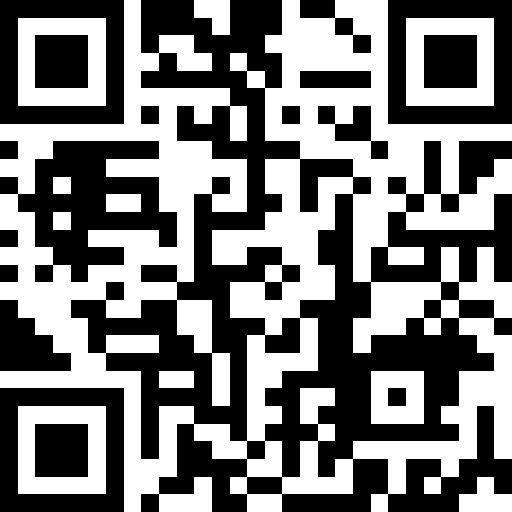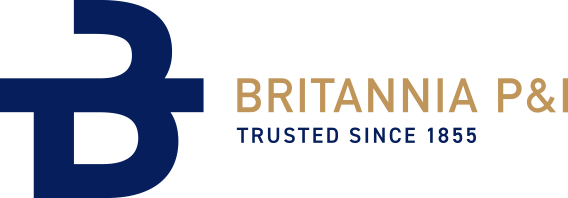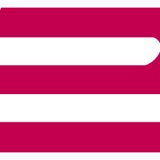GENERAL INFORMATION
-
VESSEL NAME
-
DATE OF AUDIT
-
AUDITOR NAME
-
PORT
1.0 GENERAL DOCUMENTATION
-
1.1 Certificate of Fitness (COF)
-
Valid until:
-
1.2 International Oil Pollution Prevention (IOPP) Certificate
-
Valid until:
-
1.3 Material Safety Data Sheets (MSDS) available for all cargo carried?
-
Specify missing MSDS:
-
1.4 Cargo Record Book up-to-date and accurate?
-
1.5 Safety Management System (SMS) manual includes cargo operation procedures?
-
1.6Compliance with IBC Code and MARPOL Annex II verified?
2.0 PRE-CARGO OPERATION
2.1 TANK PREPARATION
-
Tanks inspected for cleanliness and dryness before loading?
-
Compatibility check between previous cargo residues and new cargo completed?
-
Tank coating condition satisfactory?
2.2 EQUIPMENT READINESS
-
Cargo pumps, valves, and pipelines checked for functionality?
-
Pressure gauges, flow meters, and alarms tested and operational?
-
Inert gas systems operational (if required)?
-
Ventilation systems in enclosed spaces functioning properly?
2.3 COMMUNICATION
-
Communication protocols between ship and shore personnel established?
-
Emergency shutdown systems tested and functional?
3.0 LOADING OPERATION
3.1 PROCEDURES
-
Risk assessment conducted for the specific cargo being loaded?
-
Proper segregation of incompatible cargoes ensured?
-
Loading rates and pressures monitored as per Cargo Handling Manual?
3.2 SAFETY MEASURES
-
Personal Protective Equipment (PPE) used by crew during operations?
-
Grounding and bonding to prevent static electricity confirmed?
-
Gas detection equipment calibrated and operational?
3.3 DOCUMENTATION
-
Quantities and details of cargo loaded recorded in Cargo Record Book?
-
Any deviations or incidents during loading documented?
4.0 DISCHARGING OPERATION
4.1 PROCEDURES
-
Stripping procedures followed to minimize residue in tanks?
-
Discharge rates and pressures monitored?
-
Valves properly closed after completion?
4.2 ENVIRONMENTAL COMPLIANCE
-
Compliance with MARPOL Annex II regarding disposal of wash water verified?
-
No accidental discharge of cargo into the sea?
4.3 DOCUMENTATION
-
Quantities discharged and discrepancies recorded in Cargo Record Book?
5.0 TANK CLEANING
5.1 PREPARATION
-
Cleaning procedures compatible with the cargo previously carried?
-
Appropriate cleaning agents and equipment available?
5.2 EXECUTION OF TANK CLEANING
-
Portable or fixed tank washing machines functioning properly?
-
Proper ventilation during and after cleaning ensured?
5.3 DISPOSAL
-
Compliance with MARPOL Annex II for disposal of wash water verified?
-
Tank cleaning operations recorded in Cargo Record Book?
6.0 SAFETY AND EMERGENCY PREPAREDNESS
6.1 RISK ASSESSMENT
-
Risk assessments for cargo operations reviewed?
-
Potential hazards identified (e.g., toxic fumes, flammable vapors)?
6.2 EMERGENCY DRILLS
-
Potential hazards identified (e.g., toxic fumes, flammable vapors)?
-
Firefighting equipment (e.g., foam monitors, extinguishers) available and functional?
-
Emergency shutdown systems functional?
6.3 PERSONAL PROTECTIVE EQUIPMENT (PPE)
-
Crew has access to appropriate PPE (e.g., chemical suits, gloves, respirators)
-
Proper usage and maintenance of PPE verified?
7.0 ENVIRONMENTAL PROTECTION
7.1 POLLUTION PREVENTION
-
Bilge water treatment and oily water separator operations checked?
-
Compliance with MARPOL Annex II categorization of noxious liquid substances (X, Y, Z categories) verified?
7.2 BALLAST WATER MANAGEMENT
-
Ballast water exchange or treatment procedures audited?
-
No contamination of ballast tanks with cargo residues?
8.0 CREW COMPETENCY AND TRAINING
-
Crew holds valid certifications for handling dangerous goods (e.g., STCW endorsements)?
-
Onboard training records related to cargo operations reviewed?
-
Crew knowledge of safety protocols assessed through interviews/observations?
9.0 EQUIPMENT AND MAINTENANCE
-
Cargo pumps, valves, and pipelines inspected for wear, corrosion, or leaks?
-
Calibration of pressure gauges and flow meters verified?
-
Functionality and maintenance of inert gas systems (if applicable) audited?
-
Effectiveness of ventilation systems in enclosed spaces verified?
10.0 DOCUMENTATION AND RECORD KEEPING
-
Cargo logs accurate and complete?
-
Records of near-misses, spills, or other incidents during cargo operations reviewed?
-
Regular maintenance of cargo-related equipment verified?










